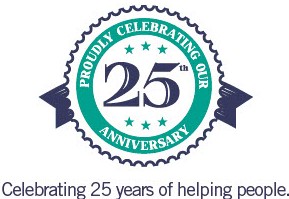Debt Settlement vs. Consumer Proposal: What’s the Difference?
First, a debt settlement company often, does not make regularly scheduled payments on your behalf to creditors. Why not? Because in a typical debt settlement plan you are required to accumulate a lump sum of money, which is then used for the settlement. It may take you a lengthy period of time to accumulate this lump of sum. This is in direct contrast to a consumer proposal, where a Trustee would get the creditors written agreement at the start of the process, and then make regularly scheduled distributions to the creditors from your payments.
During the time it takes to accumulate this sum of money, the creditors may continue to pursue you for this debt and interest will continue to accumulate. Entering into a debt settlement program does not guarantee that you will not receive collection calls, letter, lawsuits or garnishments.
Again, that is in direct contrast to a consumer proposal. Upon the filing of a consumer proposal there is an automatic “stay of proceedings”, which means that lawsuits and garnishments from credit card companies and banks are required to stop while they consider the proposal. Also no further interest is added to the debt after the date the proposal is filed and the Trustee may also be able to negotiate an amount that is considerably less than what you owe.
A debt settlement company will also not evaluate your personal credit and debt situation to determine the best debt relief option for you. It is important to be aware of other debt relief options which may include credit counselling, a consumer proposal, bankruptcy or working directly with your creditors. Working with a Trustee will ensure you get the best advice.
So what’s the moral of the story? Know your options. Investigate all of your options, and decide which option is best for you.





